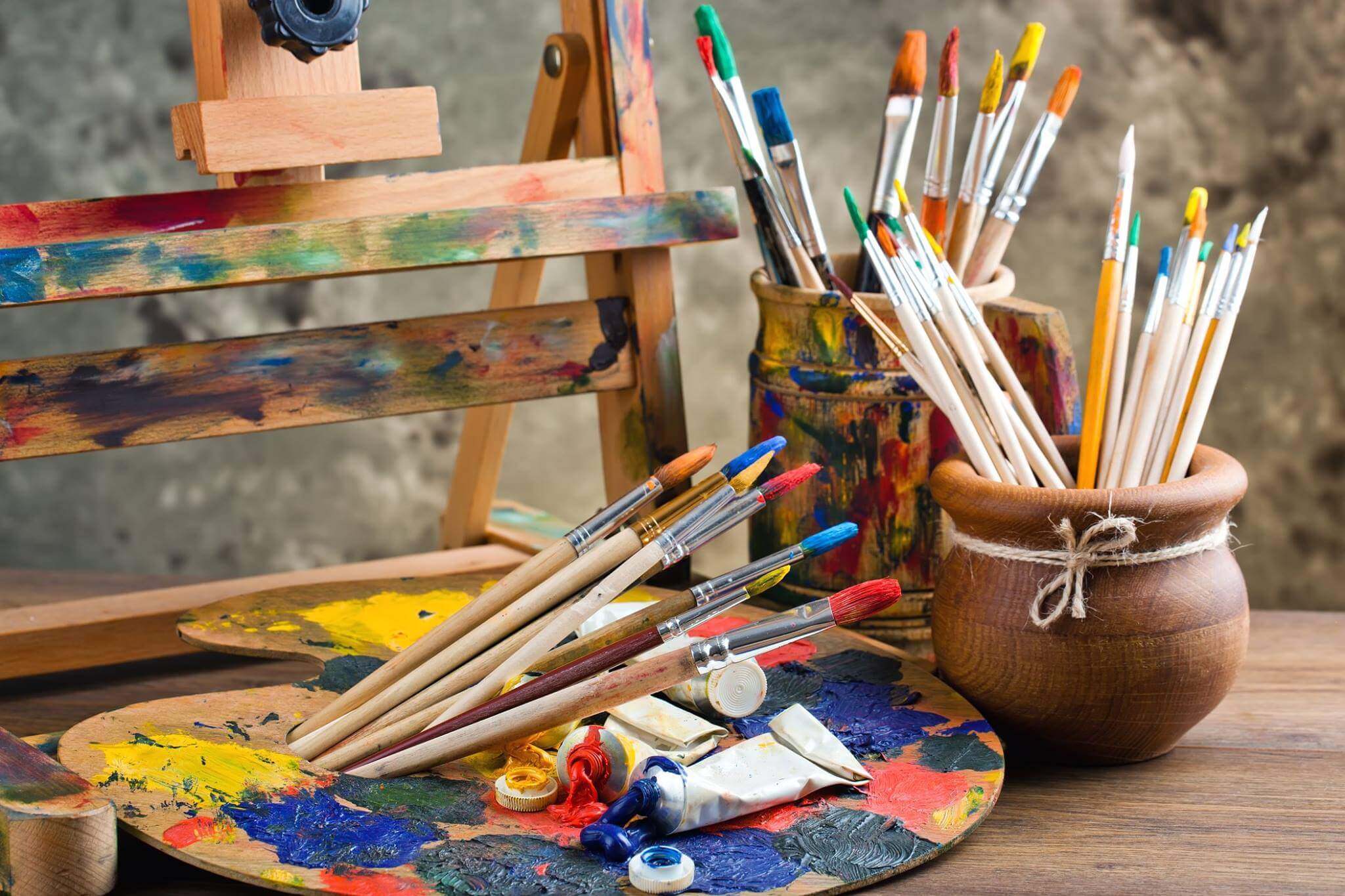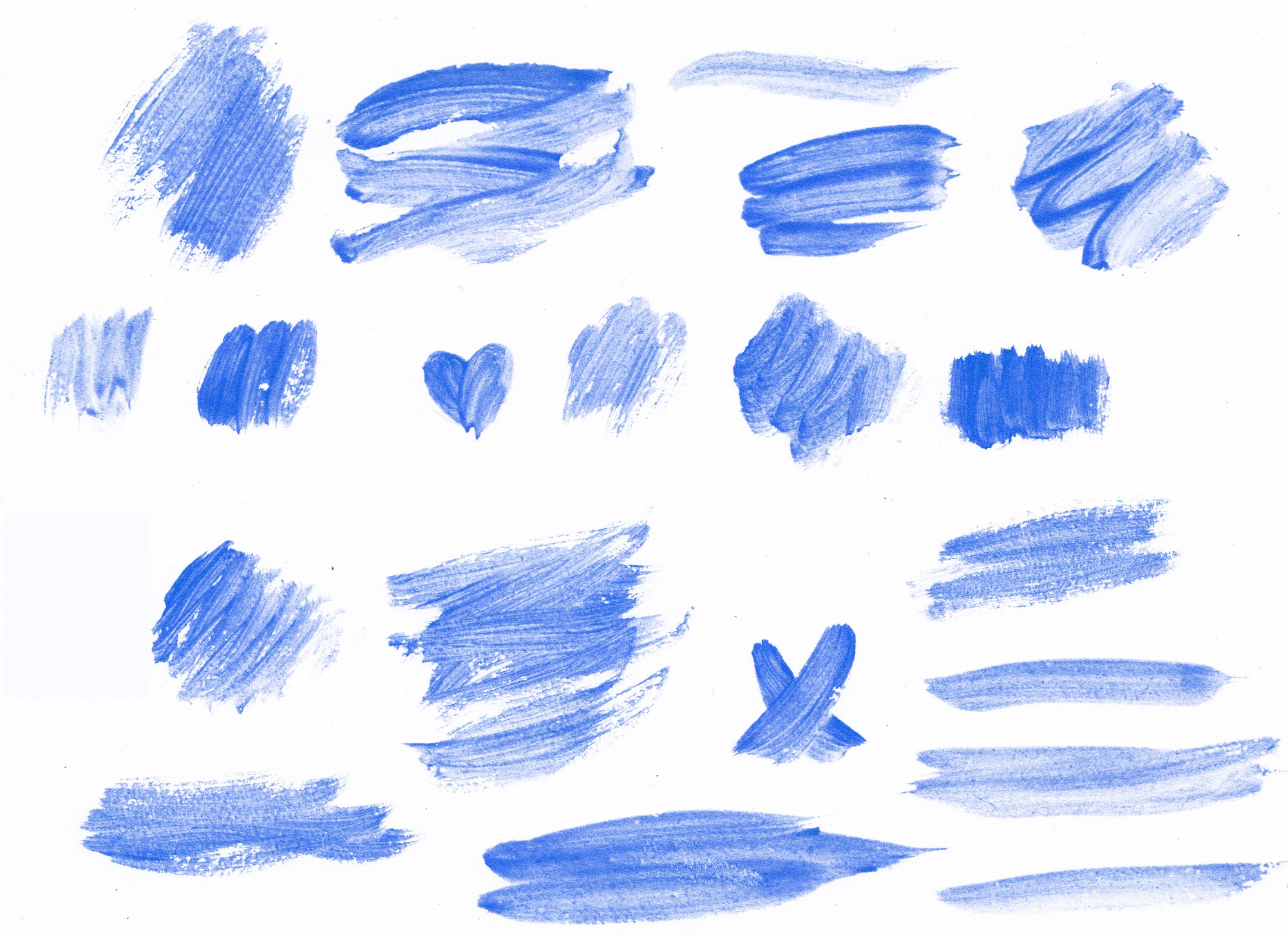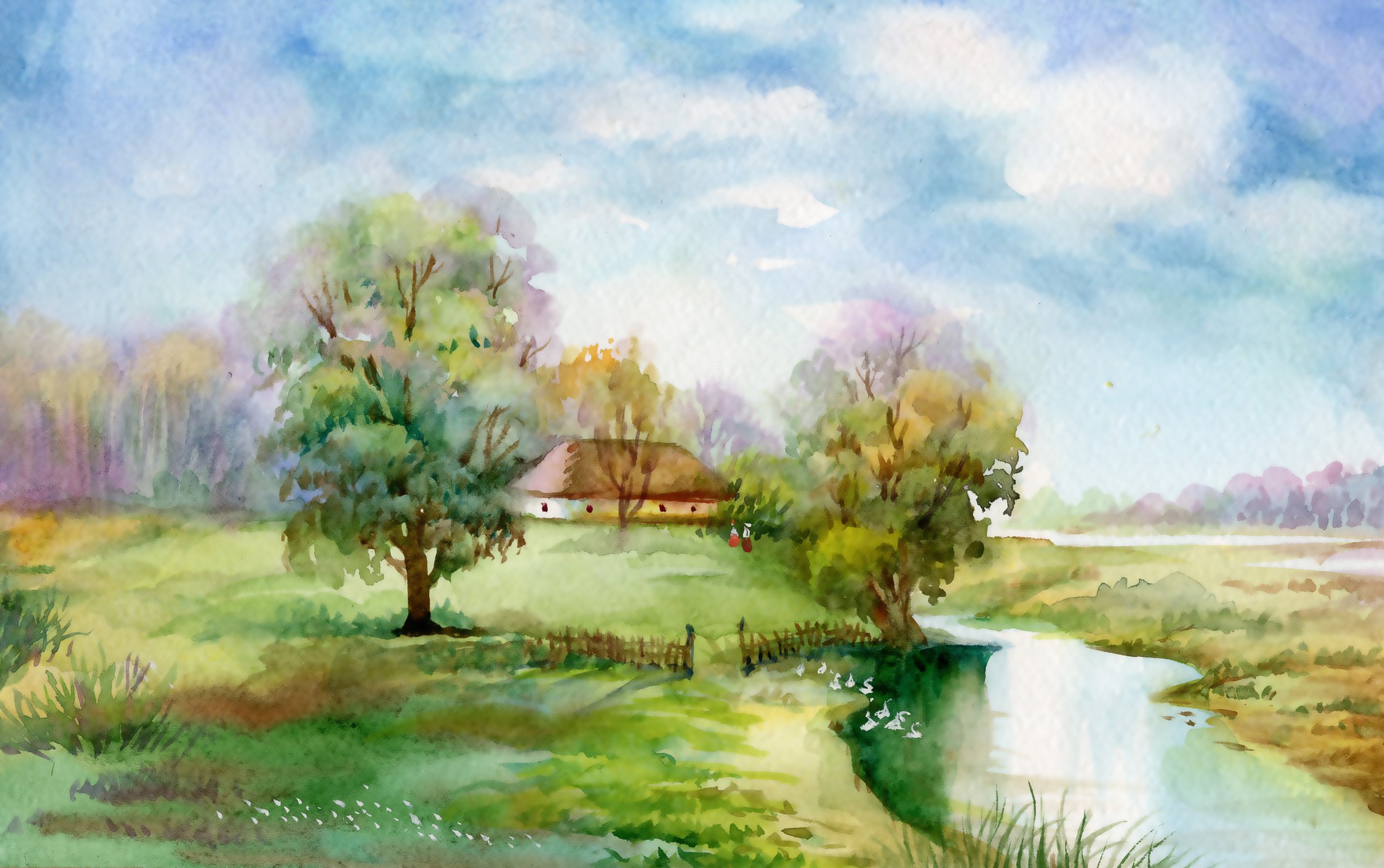
Basic Watercolor Techniques
An artist can create brilliant paintings, even if he or she does not have any special skills. Although watercolor is a difficult business, beginners have an opportunity to try their hands at many techniques. Nevertheless, even professionals face some difficulties from time to time.
What Should You Know?
Simple watercolor painting was known in ancient Egypt, China, and other countries of the ancient world. For a long time, the writing was considered by them only as one of the components of the graphic drawing. Nevertheless, watercolor painting basics in its modern representation arose relatively recently: in XVIII-XIX centuries. Then it gained independence and became one of the most complicated drawings means known as watercolor techniques.
There are many different modes of painting in watercolor. These ways can be distinguished and classified only conditionally, depending on certain factors. In watercoloring for beginners, one needs to master watercolor painting basic techniques, among which there are:
- Dry brush
- Scumbling
- Glazing
- Alla Prima or Wet-on-wet
More attention should be paid to the Alla prima technique, which all impressionists like to use. We will talk about it separately.
Dry Brush Techniques

Let's talk about materials. Many beginners give up painting for one simple reason: because of poor-quality materials, the paint does not fit well, the paper spoils, and nothing happens. Therefore, despite the simplicity of the technique, the first lessons must be worked out under the guidance of a teacher-artist, and, of course, only professional materials should be used.
A dry brush is a method of applying paint, which helps to get the effect of texture, natural unevenness of the color and show through the upper brushstroke a different tone of the lower layer. Thus, the technique quickly gained popularity among street artists and allowed to paint quickly in excellent quality. It was possible to work directly, without pencil sketches, from start to finish. Thanks to the versatility of the method, a dry brush is used for portraits and landscapes, still lives and miniatures. The picture made in this way is very similar to pencil portraits.
Dry brush represents a simple watercolor painting because it is a good way to trace each line clearly. The tip of the brush should be dampened, but not overloaded with paint. The purpose of such easy watercolor paintings for beginners is to create or mix colors with short, precise strokes. Besides, it is suitable for work with rough paper.
Gradient
One creates the first stroke of the gradient technique using a darker shade prepared on the palette. The second stroke should be done with a lighter shade, and only after the brush is wiped with a dry towel. This stroke should lie in such a way as to overlap the lower part of the upper layer. So you can achieve incredible and bright gradients using different colors.
Glazing
The whole point of the glazing technique is to maximize the use of imagination and all the colors available in the palette. The main feature is to allow each layer to dry before applying the next. You can speed up this process with a hairdryer. But do not use hot air and steam! In such a picture each layer will interact with one another.
Scumbling Techniques
Scumbling, in turn, means applying several (2-3 recommended) layers of watercolor on a wet painting surface. The painting, in this case, acquires certain dryness in comparison with the one made in wet-on-wet scheme, but the artist can detail objects more.
Alla Prima Technique (Wet-on-Wet)

The constant cycle in nature, the change in the weather`s mood made the magnificent Claude Monet and many other fellow painters dreaming about capturing one instant of flying life endlessly suffer. “I would like to paint as good as birds sing,” he once said with sadness. One of the salvation outcomes in the tough creative task of the impressionist was the technique of Alla prima which is also called wet-on-wet. The purpose of such type of watercolor painting techniques is to create a picture at one time. By the way, that is the main difference between multi-layer and pasty painting.
For watercolor beginners, it is a tremendous experience developing a range of skills:
- concentration on objects which are being painted;
- skills in working with paints on a palette;
- technical skills of painting;
- liveliness and spontaneity of perception;
- visual estimation, sense of color, shape;
- non-standard, imaginative thinking, and much more.
Why is Watercolor so Often Chosen as a Paint for Alla Prima Technique?
Let's start with the advantages:
- The main plus of such simple watercolor painting is the ability to draw a picture in a very short period. That is a great outlet for those who are engaged in sketching in the open air and catching different states of nature.
- With the Alla Prima technique, one can work out specific tasks "for lighting", "state of mind" without going into the elaboration of details and without being involved in the accurate analysis of composition.
- The still life performed in Alla prima technique will create an unforgettable impression, freshness, and beauty, especially if one paints fresh flowers, fruits, or vegetables.
- Beginner watercolor painting in this technique is an opportunity to get rid of constrained hands, timidity, and indecision. Besides, this is a brilliant school, developing and enriching young artists.
- The disadvantages of the Alla prima technique are the following:
- Many artists, who wean from detailing, noticeably simplify their paintings over time, reducing them to completely abstract images and spots. However, the incompleteness of work and some commonality of forms are allowed with the technique of quick writing, indeed.
- Alla prima is not so easy for beginners! Difficulties arise from the first steps. The artist requires courage in work, knowledge of mixing colors, various shades. Nevertheless, it is also necessary to master any painting technique. In a perfect world, one should be able to work with paints immediately, without creating preliminary contours in a pencil.
Other Important Points
- Lack of White Pigment. It is not a secret to anyone that there is no white color in watercolors. Thus, you need to use free areas on the paper. To be more precise, one should know exactly, what parts of canvas he or she wants to leave uncolored. Besides, special latex-based materials can help protect the required areas of the sheet. They are called "masking fluid for watercolor" or "fixatives for watercolor painting".
- Paraffin. The property of paraffin, namely, the ability not being wetted by water, allows protecting some parts of paper from paint. This technique can be used at any stage of the work. For example, on a blank sheet and the drawing, already applied. However, the base must be dry. As modern alternatives to paraffin, use some professional chemical agents, which cover the surface with a film. Some artists prefer rubber as well.
- Salt. Salt grains can be scattered around the entire canvas, and you can take both large and small crystals to achieve a rough surface. That will undoubtedly add volume to the picture. When the work dries, the salt can be removed with a dry rag or even by hand. While the work is still raw, some details can simply be "scratched" with the backside of a brush or with a palette knife (art spatula).
- Monotype Technique. Monotype - a graphic technique, the essence of which is to obtain a single unique print from a pictorial or graphic basis. For paintings, performed with the help of monotype, a wealth of textures, random color spots, and unusual light connections are typical.
For the Final
What should you remember? The watercolor is beautiful until it is turned into dirt. In such a case one obtains a mixture of more than three colors. Do not get carried away with it! Besides, do not forget that three layers are already at least three colors! The best option for painting in watercolor is to use a suitable color and tone. Therefore, begin painting from the brightest places, and end with the darkest. Always apply a new layer after the previous one has dried. Do not rush!
However, having tried for the first time, many people ask themselves: "When will fame come?" The answer is simple: learn, learn and learn again! To do this, constantly paint with watercolors, the more often you do it, the faster you improve. It's like riding a skateboard. You will not learn to ride unless you try. So it is in painting. In general, painting is a fascinating activity that not only contributes to the development of imagination, but also boosts mood and reduces stress. No matter how complicated the painting process is, the result is worth it. You will succeed!